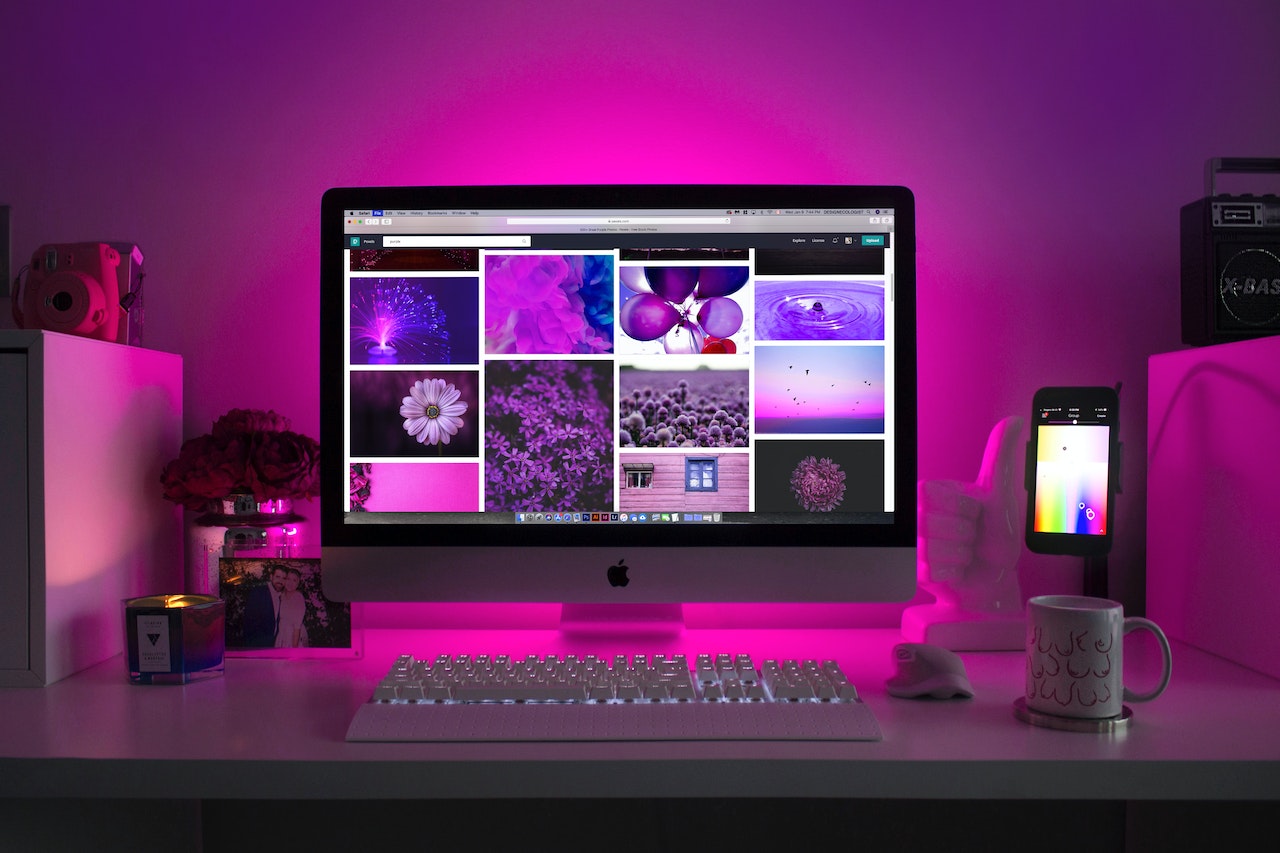Many people know that having an attractive website can lead to better conversion rates and more sales, but what few realize is that this depends not only on the quality of your product or service but also on the quality of your design. If you want your website to stand out in this competitive world, it’s important to make sure that your site design stands out as well. Here are eight design tips to help you do just that.
1) Homepage
1. Keep it simple – A minimalist approach is often best when it comes to web design. Too much clutter can be overwhelming and make it difficult for users to find what they’re looking for.
2. Use negative space – Negative space, or empty space, is an important element of good design. It can help to create a sense of balance and make your content more readable.
2) Navigation Buttons
1. Navigation buttons are one of the most important aspects of website design, so make sure they’re easy to find and use.
2. Buttons should be big enough to be easily clicked on, but not so big that they take up too much space on the page.
3. The text on the button should be clear and concise, so visitors know where they’re going when they click it.
3) Background Images
1. A big, beautiful background image can make a huge impact on your website.
2. If you choose an image that is too small, it will look pixelated and unprofessional.
3. On the other hand, if you choose an image that is too large, it will take forever to load and your visitors will get impatient.
4. The best way to find a happy medium is to use an image that is 1920×1080 pixels.
4) Icons
Icons are a great way to add visual interest and convey information without using words. When choosing icons for your website, make sure they’re easy to understand and relevant to your content. Be careful not to use too many different types of icons, as this can make your design look cluttered. Stick to a few simple, clean designs that complement the rest of your site.
5) Typography
1. Start with the basics—fonts, colors, and branding. These are the building blocks of your design, so it’s important to get them right from the start.
2. Use typography to create hierarchy and contrast. Different font sizes and weights can help you emphasize certain elements on your page.
3. Be careful with line height. Too much or too little space between lines can make your text difficult to read.
4. Use white space to your advantage.
6) Carousels and Sliders
Carousels and sliders are a great way to show off multiple pieces of content on your website. They can be used to highlight featured products, showcase customer testimonials, or even display a gallery of images. However, it’s important to use them sparingly, as they can be easily abused and become overwhelming for users. When used correctly, carousels and sliders can be a great way to add some visual interest to your website.
7) Call-to-Actions (CTAs)
1. Every website needs a CTA, or else users will have no idea what you want them to do.
2. Keep your CTAs short and sweet- get straight to the point.
3. Use actionable language that tells users what they need to do, such as click here, download now, or sign up today.
4. Use contrasting colors for your CTAs so they stand out against the rest of your design.
8) Mobile Phone Friendly
In a world where over 60% of internet traffic comes from mobile devices, it is more important than ever to have a website that is responsive and easy to use on a variety of devices. Here are 8 tips to make sure your website looks great on any screen size:
1. Use a responsive design framework such as Bootstrap or Foundation.
2. Use large, easy-to-read fonts.
3. Use plenty of whitespace to break up content and make it easy to scan.

